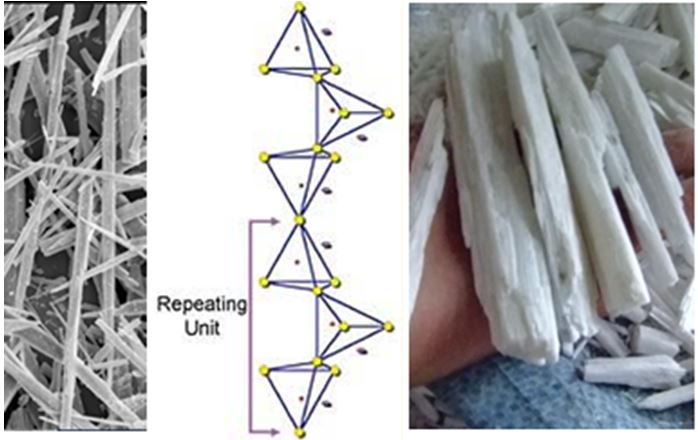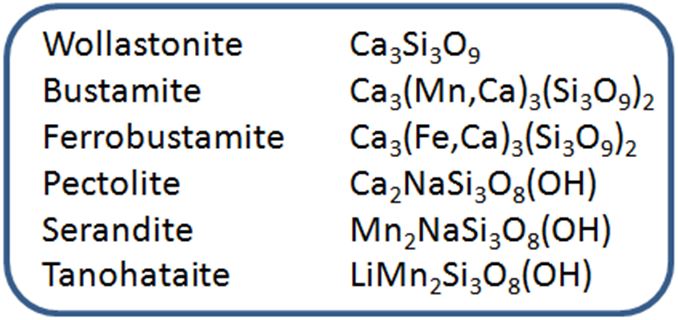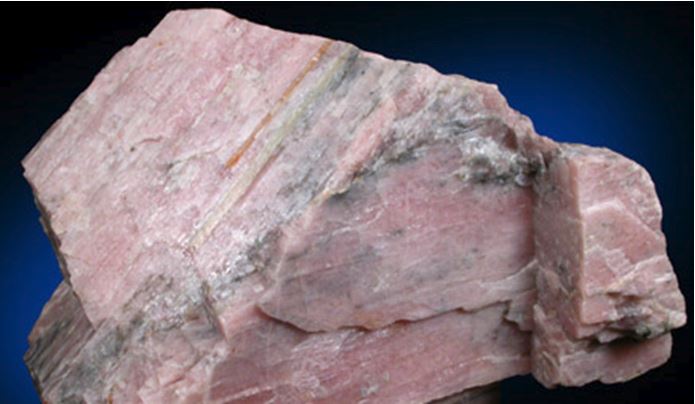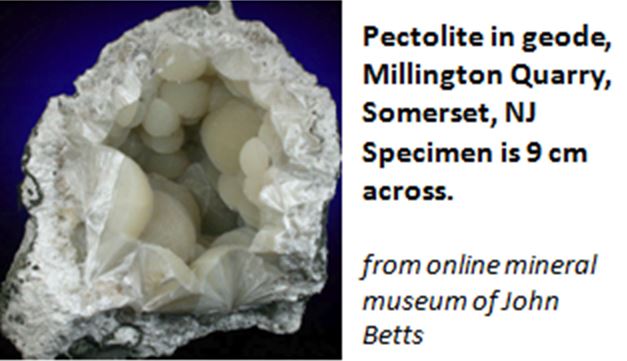Published in the February 2017 WCGMC Newsletter
OK, I know, most of us have heard of the mineral wollastonite and many of us have collected it at the Valentine Mine in Harrisville, or at Rose Road in Pitcairn or Cascade Slide in the Adirondacks. You may even know that 100% of North America’s mined wollastonite comes from two quarries in New York, the aforementioned Valentine Mine and the Lewis Mine near Willsboro. If you voted in the election of 2013, you may remember Proposition #5 in which the operators of the Lewis Mine sought to trade 1500 acres of their property for 200 acres in Adirondack Park immediately adjacent to the quarries west wall.
But did you know that wollastonite is just one triclinic silicate mineral within what is known as the Wollastonite Group? These minerals are all single chain silicate minerals in which every third silicate tetrahedral is “twisted”. Calcium cations connect parallel chains in wollastonite leading the chemical formula CaSiO3. The lesser known members of this mineral group employ different elements as noted in the accompanying table.

Wollastonite is a common mineral in metamorphosed limestones, particularly in contact style metamorphism with igneous rocks. But it usually contains significant iron, manganese, and other elements that render it ineffective for industrial use in ceramics, filter applications, pigmentation in paints, etc. The New York deposits are unusually pure.
But enough on wollastonite: What are the other wollastonite group minerals and where might we find them? Here they are from Fleischer, 2014.
You may recall pectolite from last month’s WCGMC newsletter. Larimar is copper-bearing pectolite and highly sought for its color and polished appearance. The mineral itself, pectolite, is similar in structure and chemistry to wollastonite, but is modestly hydrated (a single OH group) and also contains sodium (Na). Unlike wollastonite, which often grows in large parallel masses, acicular prismatic splintered pectolite needles usually form as sprays or radiating aggregates. It is typically found in the linings of basalt cavities or in geodes.
Serandite is another Wollastonite Group mineral sought after by collectors both as a mineral specimen and in rare occasions as a gemstone. Like many manganese bearing minerals, serandite in salmon-pink in color and like the other minerals in this group crystals are often acicular or radiating. But it can grow quite gemmy and although it only carries a hardness of 5-5.5, it can be cut into very attractive gemstones. The mineral is not particularly common, but does occur in a number of geologic environments where manganese (Mn) is found. At Mont Saint-Hillaire in Quebec, serandite is found associated with pegmatites cutting syenite intrusives.

Bustamite is another manganese-bearing mineral classified in the Wollastonite Group by Fleisher, although its chemistry places it intermediate to the manganese silicate mineral rhodonite (but that’s another group for another month!). And yes, with the manganese component bustamite, is also pink. Bustamite is not common, but look for it at Franklin, NJ, or the next time you go to the Broken Hill Mining District in New South Wales, Australia!

(from online mineral museum of John Betts)
References:
Ciullo, P.A., 2002, Wollastonite: A Versatile Functional Filler, Paints and Coatings Industry Magazine, Nov.
Fleischer, M. E., 2014, Fleischer’s Glossary of Mineral Species, Publ. by Mineralogical Record Inc., 420 p.
Mindat, Minerals.net, and Wikipedia webpages

